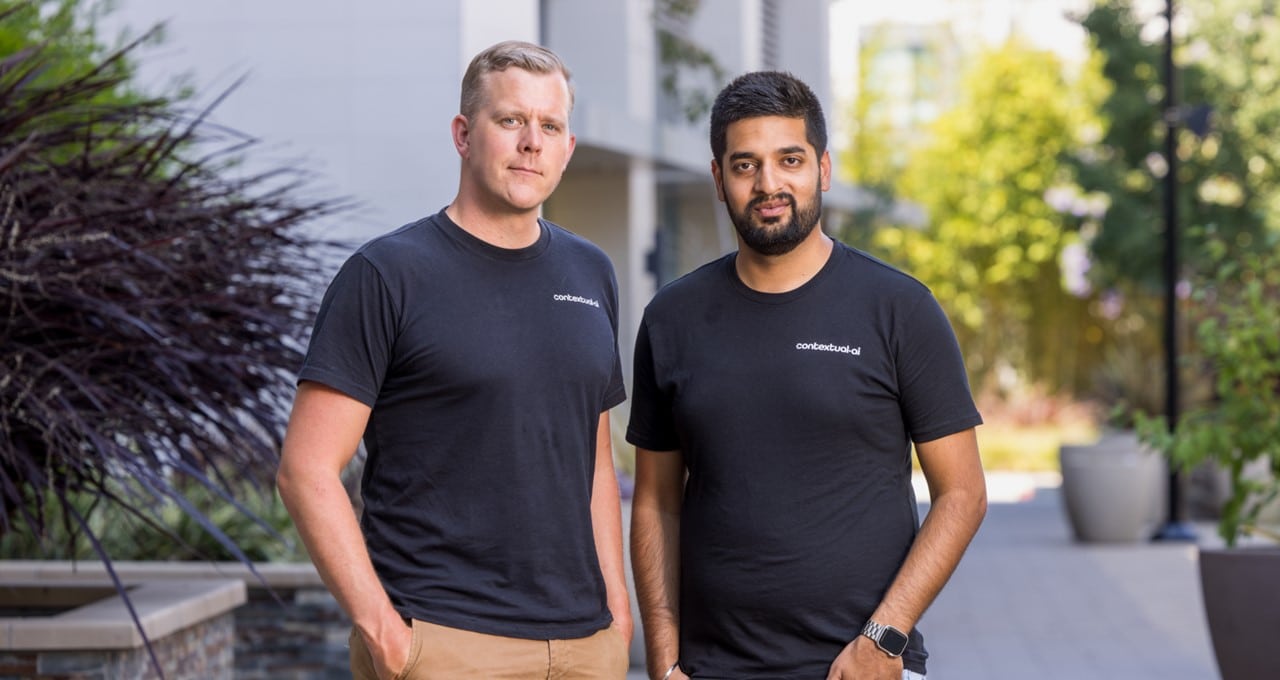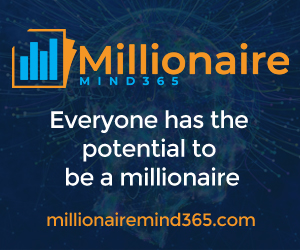
Properly earlier than OpenAI upended the expertise business with its launch of ChatGPT within the fall of 2022, Douwe Kiela already understood why giant language fashions, on their very own, might solely provide partial options for key enterprise use circumstances.
The younger Dutch CEO of Contextual AI had been deeply influenced by two seminal papers from Google and OpenAI, which collectively outlined the recipe for creating quick, environment friendly transformer-based generative AI fashions and LLMs.
Quickly after these papers had been revealed in 2017 and 2018, Kiela and his staff of AI researchers at Fb, the place he labored at the moment, realized LLMs would face profound knowledge freshness points.
They knew that when basis fashions like LLMs had been educated on large datasets, the coaching not solely imbued the mannequin with a metaphorical “mind” for “reasoning” throughout knowledge. The coaching knowledge additionally represented the whole lot of a mannequin’s information that it might draw on to generate solutions to customers’ questions.
Kiela’s staff realized that, until an LLM might entry related real-time knowledge in an environment friendly, cost-effective means, even the neatest LLM wouldn’t be very helpful for a lot of enterprises’ wants.
So, within the spring of 2020, Kiela and his staff revealed a seminal paper of their very own, which launched the world to retrieval-augmented era. RAG, because it’s generally known as, is a technique for constantly and cost-effectively updating basis fashions with new, related info, together with from a consumer’s personal information and from the web. With RAG, an LLM’s information is not confined to its coaching knowledge, which makes fashions way more correct, impactful and related to enterprise customers.
At present, Kiela and Amanpreet Singh, a former colleague at Fb, are the CEO and CTO of Contextual AI, a Silicon Valley-based startup, which just lately closed an $80 million Collection A spherical, which included NVIDIA’s funding arm, NVentures. Contextual AI can also be a member of NVIDIA Inception, a program designed to nurture startups. With roughly 50 staff, the corporate says it plans to double in measurement by the tip of the 12 months.
The platform Contextual AI gives known as RAG 2.0. In some ways, it’s a complicated, productized model of the RAG structure Kiela and Singh first described of their 2020 paper.
RAG 2.0 can obtain roughly 10x higher parameter accuracy and efficiency over competing choices, Kiela says.
Which means, for instance, {that a} 70-billion-parameter mannequin that may usually require vital compute assets might as an alternative run on far smaller infrastructure, one constructed to deal with solely 7 billion parameters with out sacrificing accuracy. Any such optimization opens up edge use circumstances with smaller computer systems that may carry out at considerably higher-than-expected ranges.
“When ChatGPT occurred, we noticed this huge frustration the place all people acknowledged the potential of LLMs, but additionally realized the expertise wasn’t fairly there but,” defined Kiela. “We knew that RAG was the answer to most of the issues. And we additionally knew that we might do significantly better than what we outlined within the authentic RAG paper in 2020.”
Built-in Retrievers and Language Fashions Supply Massive Efficiency Good points
The important thing to Contextual AI’s options is its shut integration of its retriever structure, the “R” in RAG, with an LLM’s structure, which is the generator, or “G,” within the time period. The way in which RAG works is {that a} retriever interprets a consumer’s question, checks varied sources to establish related paperwork or knowledge after which brings that info again to an LLM, which causes throughout this new info to generate a response.
Since round 2020, RAG has turn out to be the dominant strategy for enterprises that deploy LLM-powered chatbots. In consequence, a vibrant ecosystem of RAG-focused startups has fashioned.
One of many methods Contextual AI differentiates itself from opponents is by the way it refines and improves its retrievers via again propagation, a technique of adjusting algorithms — the weights and biases — underlying its neural community structure.
And, as an alternative of coaching and adjusting two distinct neural networks, that’s, the retriever and the LLM, Contextual AI gives a unified state-of-the-art platform, which aligns the retriever and language mannequin, after which tunes them each via again propagation.
Synchronizing and adjusting weights and biases throughout distinct neural networks is tough, however the consequence, Kiela says, results in large good points in precision, response high quality and optimization. And since the retriever and generator are so intently aligned, the responses they create are grounded in frequent knowledge, which implies their solutions are far much less probably than different RAG architectures to incorporate made up or “hallucinated” knowledge, which a mannequin may provide when it doesn’t “know” a solution.
“Our strategy is technically very difficult, nevertheless it results in a lot stronger coupling between the retriever and the generator, which makes our system way more correct and way more environment friendly,” mentioned Kiela.
Tackling Troublesome Use Circumstances With State-of-the-Artwork Improvements
RAG 2.0 is basically LLM-agnostic, which implies it really works throughout completely different open-source language fashions, like Mistral or Llama, and might accommodate clients’ mannequin preferences. The startup’s retrievers had been developed utilizing NVIDIA’s Megatron LM on a mixture of NVIDIA H100 and A100 Tensor Core GPUs hosted in Google Cloud.
One of many vital challenges each RAG resolution faces is methods to establish essentially the most related info to reply a consumer’s question when that info could also be saved in a wide range of codecs, similar to textual content, video or PDF.
Contextual AI overcomes this problem via a “combination of retrievers” strategy, which aligns completely different retrievers’ sub-specialties with the completely different codecs knowledge is saved in.
Contextual AI deploys a mixture of RAG sorts, plus a neural reranking algorithm, to establish info saved in several codecs which, collectively, are optimally attentive to the consumer’s question.
For instance, if some info related to a question is saved in a video file format, then one of many RAGs deployed to establish related knowledge would probably be a Graph RAG, which is superb at understanding temporal relationships in unstructured knowledge like video. If different knowledge had been saved in a textual content or PDF format, then a vector-based RAG would concurrently be deployed.
The neural reranker would then assist set up the retrieved knowledge and the prioritized info would then be fed to the LLM to generate a solution to the preliminary question.
“To maximise efficiency, we nearly by no means use a single retrieval strategy — it’s often a hybrid as a result of they’ve completely different and complementary strengths,” Kiela mentioned. “The precise proper combination will depend on the use case, the underlying knowledge and the consumer’s question.”
By primarily fusing the RAG and LLM architectures, and providing many routes for locating related info, Contextual AI gives clients considerably improved efficiency. Along with better accuracy, its providing lowers latency due to fewer API calls between the RAG’s and LLM’s neural networks.
Due to its extremely optimized structure and decrease compute calls for, RAG 2.0 can run within the cloud, on premises or absolutely disconnected. And that makes it related to a big selection of industries, from fintech and manufacturing to medical gadgets and robotics.
“The use circumstances we’re specializing in are the actually exhausting ones,” Kiela mentioned. “Past studying a transcript, answering primary questions or summarization, we’re targeted on the very high-value, knowledge-intensive roles that can save firms some huge cash or make them way more productive.”



